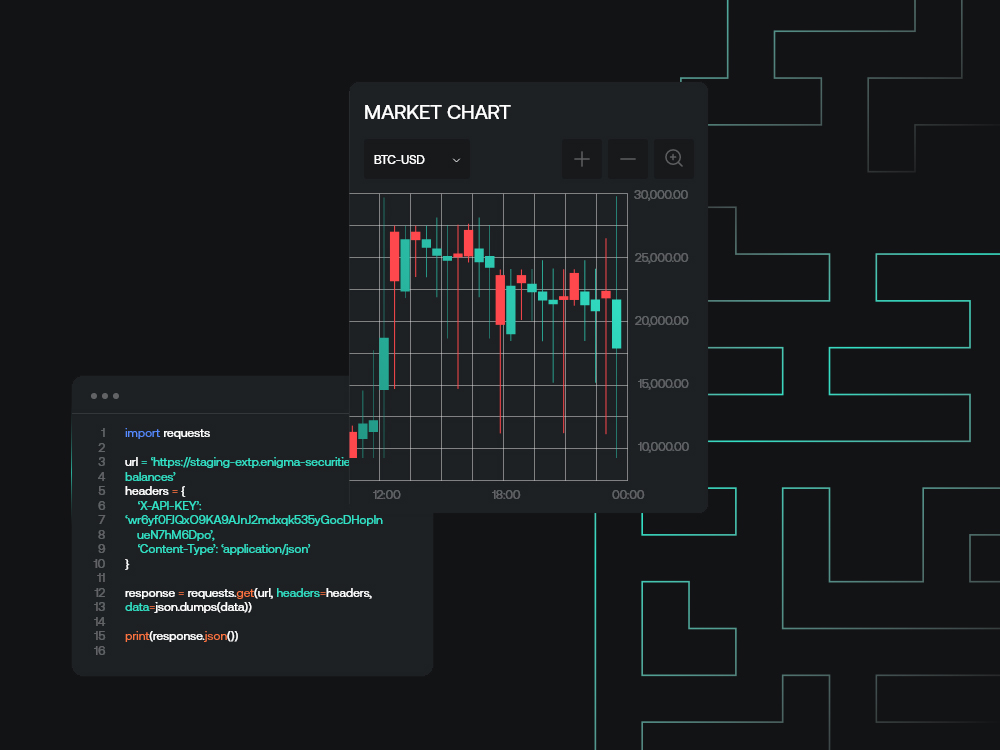-
Share on Facebook
-
Share on Twitter
-
Share on LinkedIn
-
Copy link
Copied to clipboard
On ETFs and RWAs
By the time you read this today, our expectation – and the expectation of the world at large – is that a number of spot BTC ETFs will have been approved by the SEC and have begun trading on US markets. Contrarians that we are, we have decided not to dedicate the lion’s share of the research this week towards the ETF, simply because it feels like there is little left to write about. We have been covering the moves towards approval for months, and have laid out everything worth knowing in the pages here multiple times.

Executive Summary
-
Spot Bitcoin ETFs are expected to be approved today (Wednesday 10th January).
-
We recount our view: likely a sell-the-news event, significant long-term structural benefits.
-
We also talk about RWAs, tokenised assets, and real yield in crypto.
By the time you read this today, our expectation – and the expectation of the world at large – is that a number of spot BTC ETFs will have been approved by the SEC and have begun trading on US markets. Contrarians that we are, we have decided not to dedicate the lion’s share of the research this week towards the ETF, simply because it feels like there is little left to write about. We have been covering the moves towards approval for months, and have laid out everything worth knowing in the pages here multiple times.
We will at least provide a short summary, though. The ETFs are expected to be approved (which has been clear since the SEC lost its case with Grayscale and in the process its blanket criteria for denial, that being the assertion that spot crypto markets were unregulated but futures crypto markets somehow were), and January 10th has been the date thrown around over the last two months or so. The reasons for that date are that a) BlackRock filed for a spot ETF in the summer with a final extension deadline in mid-March, b) almost all companies refiled their own applications to sync up with that, c) BlackRock has a near-perfect record for approval after filing, and d) January 10th emerged because the Ark and 21Shares applications have their deadline on January 10th and never ended up refiling (if those two were to be rejected, the SEC would have to come up with individual reasons that don’t apply to the remaining batch, which would be difficult given how similar all of these applications are in their details).
Our long-standing view here is that the impact of the ETFs would be overestimated in the short term and underestimated in the long term; for the former, the market access granted is not going to suddenly usher tens of billions through the door given how many ways investors of all sizes have to get BTC exposure at this point anyway, and for the latter, an army of pension advisors being able to sell BTC as a necessary part of portfolios to Americans is likely to be a boon in the same way as it was for gold in the 2007-2012 era. Hence, buy the rumour, sell the news, rebuy the infrastructure later.
This view is, at this point, essentially a consensus one. We underestimated how strongly the rumour would be bought, but asides from that, this has been playing out up through now. The push on 52-week and further highs creates some uncertainty here (i.e. do we see a spike after approval, does that spike become enough for momentum to gather and hence buck expectations in the medium-term), but we still take the long-range view that with retail participation in this rally so far being low, we won’t see hundreds of thousands of people suddenly jumping to buy the ETFs on approval, and hence a broad market drawdown is more likely than not over the next couple of months before a structure-breaking rally in Q3-Q4.
That’s all we have to say for the ETF. Instead, let’s talk a little about RWA – real world asset – tokenisation. There is context here, that being the announcement also going out today that Enigma is partnering with OpenTrade to offer an on-chain treasury management product based on ERC-4626 vault technology and tokenised treasury bills for our institutional clients.
The reason that we have partnered up with OpenTrade on said product, and our development work being done on tokenisation and RWAs internally in general, is simple: we think that 2024 is going to be a milestone year for them. Now, long-time industry veterans are going to have one of two reactions to that statement – either “every year since 2013 was supposed to be that year and it’s never happened”, or “I totally agree! I’ve been saying it every year since 2013!”
Jokes asides, RWA tokenisation has tended to be an endless series of pilot programs over the past decade. Why? There are a few reasons, but what it has tended to come down to is that it is always clear what the potential of tokenising an asset and moving on to new forms of transfer and custody through that would be, but it has rarely been clear how it would be of benefit right now. The barriers here vary between different classes of assets, but tend to encompass some combination of continuing custody needs on the underlying, the degree to which it’s necessary to restrict transferability, market access for the tokenised assets vs. traditional venues in situations where tokenisation shuts off the latter (this has been particularly common on equities and equity-like instruments), and so on.
What’s different in 2024, then? The answer: stablecoins. It can be very, very easy to forget this, but adoption of stablecoins on a large level, and general trust in major stablecoin issuers, is an extremely recent phenomenon. For instance, USDC didn’t even exist during the 2017 bull market (launching in September 2018), only passed a market cap of $1 billion in July 2020 (largely due to it becoming a defacto standard for the fiat side of on-chain activity during DeFi summer), and was still at only $4 billion just three years ago.
Our thesis here is that the collective market cap of stablecoins will inexorably trend upwards (currently at around $130bn), because they have established themselves as digital cash. Like cash, they are imperfect representations of wealth, but also like cash, their transferability, their convertibility, and the fact that they are increasingly accepted everywhere in their own right anyway, means that they are here to stay and likely to become a more and more normalised part of life and business as paper cash is on the wane.
This realised component of digital cash defines everything that is to come with RWAs and tokenisation, partially because it does get past or around some of the traditional problems that tokenisation has faced, but more simply because of the simple fact that it means that huge pools of digital cash are going to be sitting around on-chain, waiting for how they can be utilised.
Hence, RWAs and access to real-world yields not only becomes more attractive, at a point it becomes imperative. We have seen what happens in the absence of such products; one of the less-spoken about things that fueled the Terra/Luna boom and blow-up was the offer through the Terra program of 20% yield on what was supposed to be a stablecoin (even though it never really was). While one can find ways to extract ‘real’ yields from a crypto-only or digital-only context, as DeFi found quite quickly in 2020, there are capacity limits on that, and a lot of those yields end up being drops from the pipe of traditional finance at some point anyway (which is why DeFi yields on major protocols have lagged behind even risk-free rate over the last couple of years).
The OT/Enigma product, we will point out (to our own detriment), is far from the only product that exists in terms of on-chain T-bill exposure; naturally, we think it is a sufficiently better product and structure compared to others, but there are quite a few runners in that race. The broader point, however, is that we do see a lot of similarities here to 2020, and the rise of DeFi itself. Again, it’s easy to forget, but outside of stablecoin transactions, even Ethereum was essentially empty and unused starting 2020; asset value locked reaching over $1bn for the first time in January or so was largely not met with celebration, but with derision from Bitcoin maximalists, mocking how long it took to get to that number, decrying the clunkiness and the seemingly lack of applicability of what had been built on-chain to that point, and confidently predicting that Ethereum would remain a ghost chain only used for stables and Ponzi schemes forevermore.
The rest, of course, is history, and this gets to the ultimate point here. If people have money, and you give them something to do to make that money ‘productive’ in whatever form, they will do that. This is what we think a lot of previous tokenisation efforts have missed (shunting assets onto private ledgers that nobody has preexisting assets on for instance), and it’s a mistake that is broadly being corrected across the industry now that there is a smart contract-enabled chain that has said assets at scale – potentially multiple, in fact, looking at the rebirth of Solana and the quiet growth outside of native assets on a few other chains.


